Travelling on a bullet train in India is a dream that may soon come true. And it is going to change the way we travel today. How, is what this blog tries to explore by answering questions about ‘when will the bullet train run in India’ and ‘the cities to be connected by bullet trains in India’.
When Prime Minister Narendra Modi said that he would bring bullet trains to India, sceptics scoffed. When he finalised the deal with Japan International Cooperation Agency (JICA), they were still indifferent. But with the testing of the Spanish Talgo trains in Uttar Pradesh, his vision of starting high-speed trains in India seems to have gotten a new boost altogether.
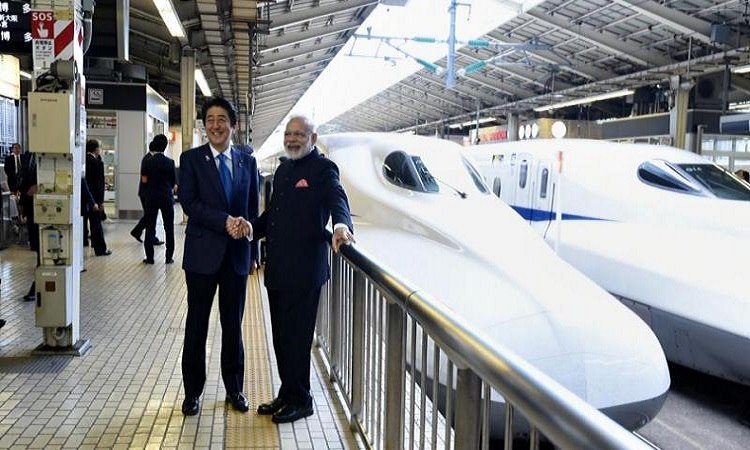
But like any other government project of this magnitude, the Bullet Train India project is going to take time. The entire project is divided into various phases that will connect different cities of the country.
Now let us read about what is a bullet train, its advantages and disadvantages.
What is the Bullet Train?
Japan's Shinkansen high-speed trains are referred to as bullet trains due to their appearance and speed. Bullet train is a term generally used to describe any train of speed above 250 km/h. The first of its kind was built in japan to connect various Japanese regions with Tokyo.
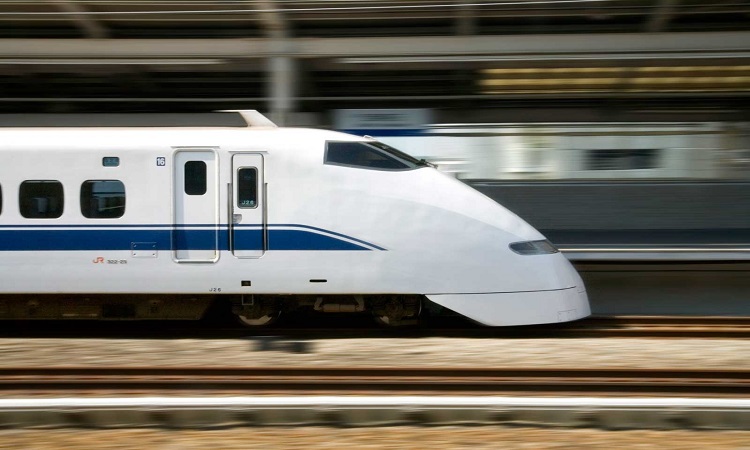
Advantages of Bullet trains in India
-
Once the trains are functional covering longer routes in a shorter period would be easier thus providing an alternative mode of transport to decongest the roads/ highways.
-
As the speed of bullet trains is higher interstate travel would increase and a boost would be given to various businesses within cities.
-
Railways would be a little free of the heavy population they carry.
Disadvantages of Bullet Trains
- Cost: The Mumbai- Ahmedabad high-speed rail alone is costing around INR one lakh crore which is a huge amount relative to the economy. This may result in increased inflation.
- Cost to passengers: Taking into account the huge amount of input cost it is expected that the estimated fares would be between INR 4000 to 5000 for the passengers.
- Land acquisition from farmers and others: This process may take time as it would cause a large displacement of people.
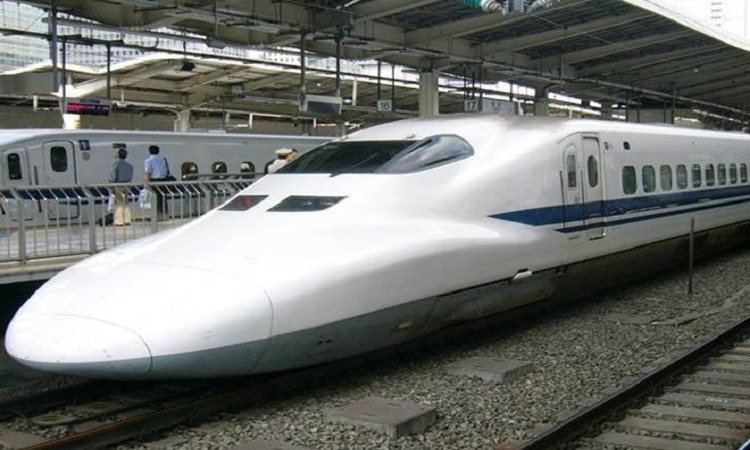
Let's take a look at all the proposed routes and the stations of the bullet trains that are planned by the Indian Government.
Mumbai Ahmedabad route is a 508-kilometre stretch and the only project that is under construction. The maximum time the government took was to acquire the land but as of now, the project is being taken to the verge of completion. Indian Railways recently got all-important wildlife, forestry and coastal regulation zone clearances in Gujarat and Maharashtra for Ahmedabad-Mumbai High-Speed Rail Corridor. The project aims to be completed by the fiscal year of 2026-2027.
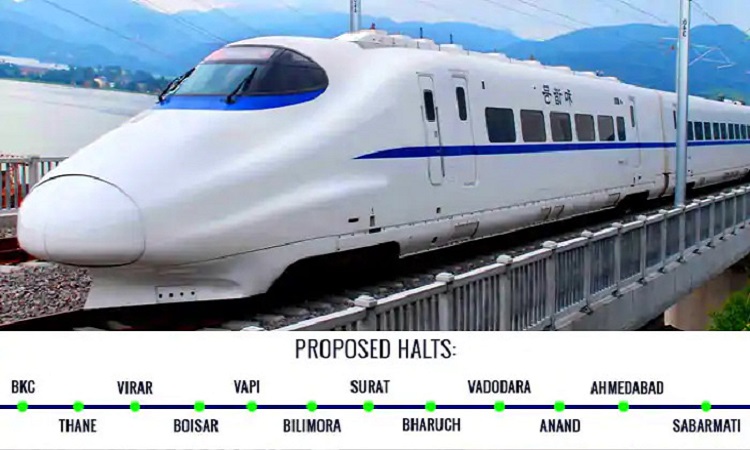
Delhi-Noida-Agra-Lucknow-Varanasi route is an 865 kilometres stretch covering states of Uttar Pradesh, Delhi/ Haryana from east to west. The train would run at a minimum of 250 km/hr. There would be 12 stations in this route and the land acquisition process is in process.
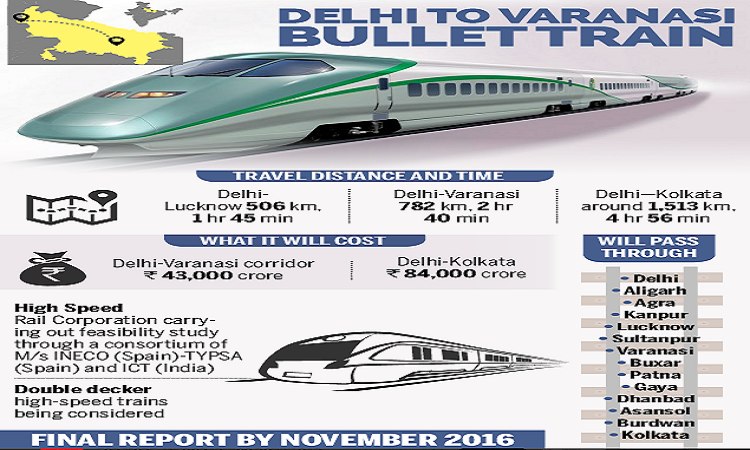
Delhi-Jaipur-Udaipur-Ahmedabad is an 886 kilometres route. The major connecting cities are the Ahmedabad Delhi bullet train. The two mid-cities are Udaipur and Jaipur. The feasibility studies have begun for the project and have been recently announced. Jewar in Greater Noida would also be one of the connecting cities throughout his train on this route.
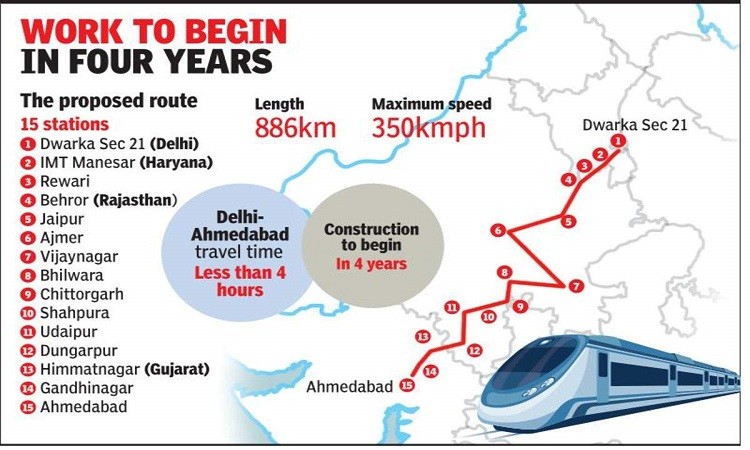
Varanasi Howrah Route is in its initial stage. It is a 760 km route with Patna as a major station. In a recent tender document released by National high-speed rail corporation limited, NHSRCL the proposed rail corridor would soon begin land acquisition.
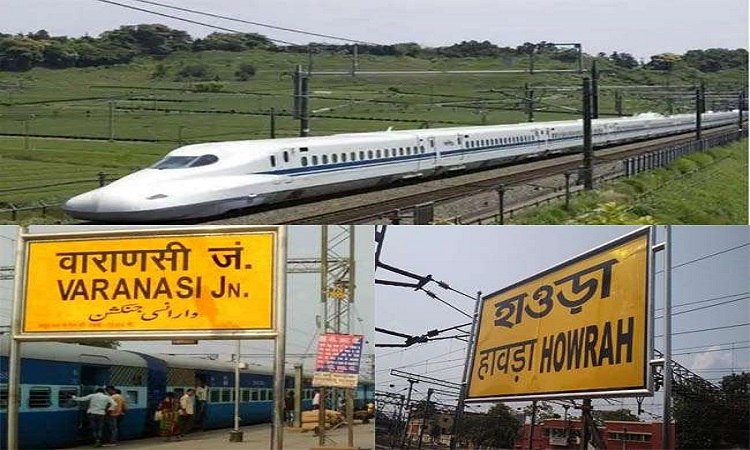
Mumbai-Nashik-Nagpur is another project of Maharashtra where 753 kilometres is being covered. This project is right now under planning and has been approved by PMO.
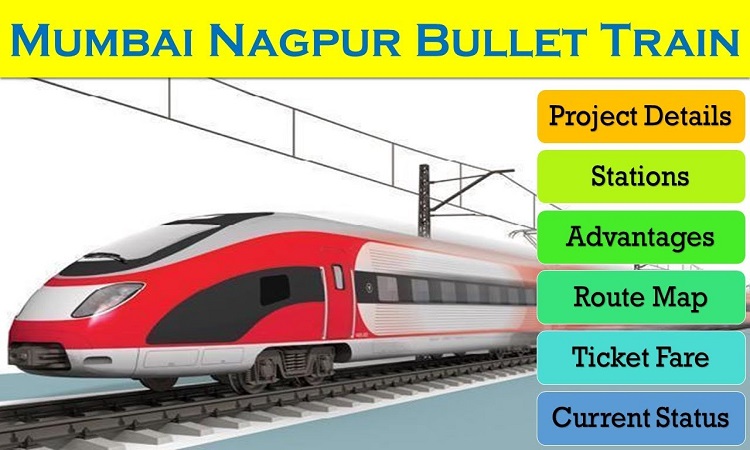
Mumbai-Pune-Hyderabad Route project is in the middle phase and many private players have come into action for this project. 711 kilometres distance would be covered under this project by the train.
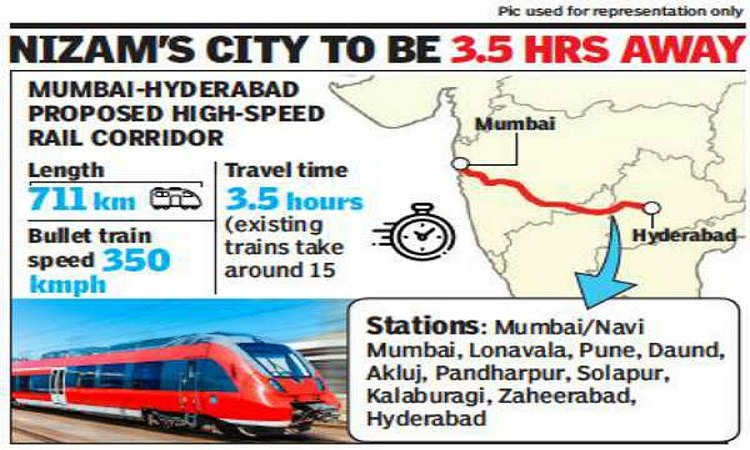
Chennai-Bengaluru-Mysuru project would be covering a distance of 435 kilometres. NHAI is working in collaboration with NHSRCL to build a railway line on this route. The project has been very recently announced and is in its first phase. It has been planned in two main railway lines running in southern India. A Chennai Bengaluru expressway is also on cards on the same route.
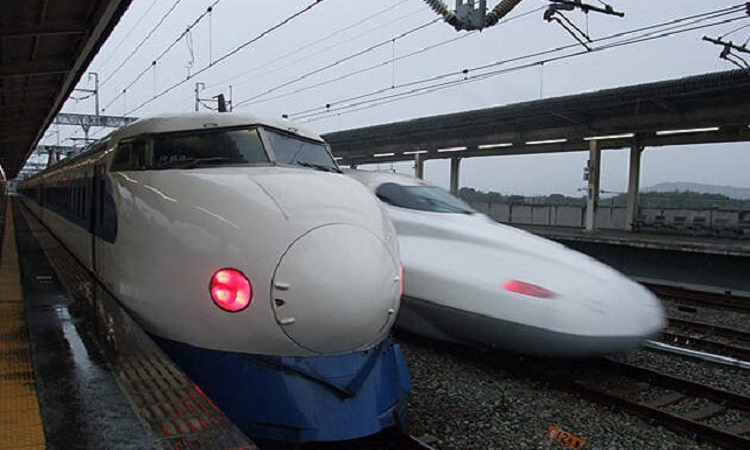
Delhi-Chandigarh-Ludhiana-Jalandhar-Amritsar route covers 459 kilometres and has stations like Jalandhar and Chandigarh as major stations. The government has put this project on the fast track as of now.
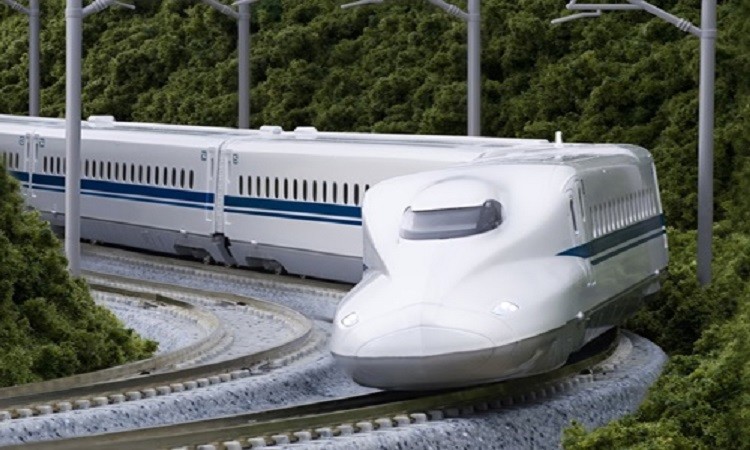
Current status of Bullet Trains in India
Currently, India does not have such technological advancements in this aspect that it can indigenously build a bullet train. The first bullet train project between Mumbai and Ahmedabad has complete technical aid and more than 80 per cent financial aid from Japan. India would have to pay back to Japan at an interest of 0.01 per cent for the next 50 years. Out of the 508 km long corridor of the high-speed bullet train in India, a 21 km stretch from Thane to Virar (Maharashtra) will go through an underwater sea tunnel. This will be India’s first underwater railway track.
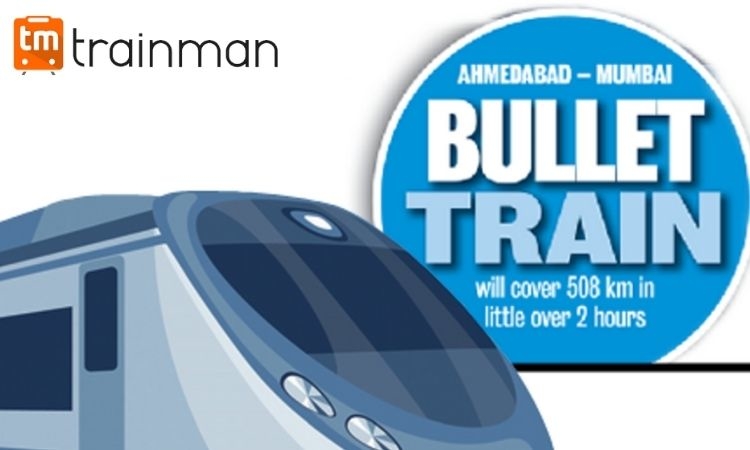
Also, civil work for 342 km of the 352 km stretch in Gujarat and Dadra & Nagar Haveli for the Mumbai-Ahmedabad High-Speed Rail (MAHSR) Corridor has started, Vaishnaw said in a separate reply to a question in Rajya Sabha. Of the total land requirement of around 1396 hectare, about 1193 hectare has been acquired. However, land acquisition in Mumbai is at a standstill, with protests from tribals. It is expected to be completed by the fiscal year of 2026-2027. Click here to check out the video, shared by the Railway Ministry, on the ongoing construction work of the Mumbai-Ahmedabad Bullet Train project.
Excited enough to travel on a bullet train?? Let us know in the comments section below. Meanwhile, keep travelling safe with the help of Trainman apps (available on iOS App Store and Android Google Play Store). Our apps are packed with tons of exciting and useful features to make your train journey seamless like checking the PNR Status of the booked ticket, Seat Availability, Running Status and many more. Don’t forget to read the latest updates on Indian Railways on Trainman Blog.

